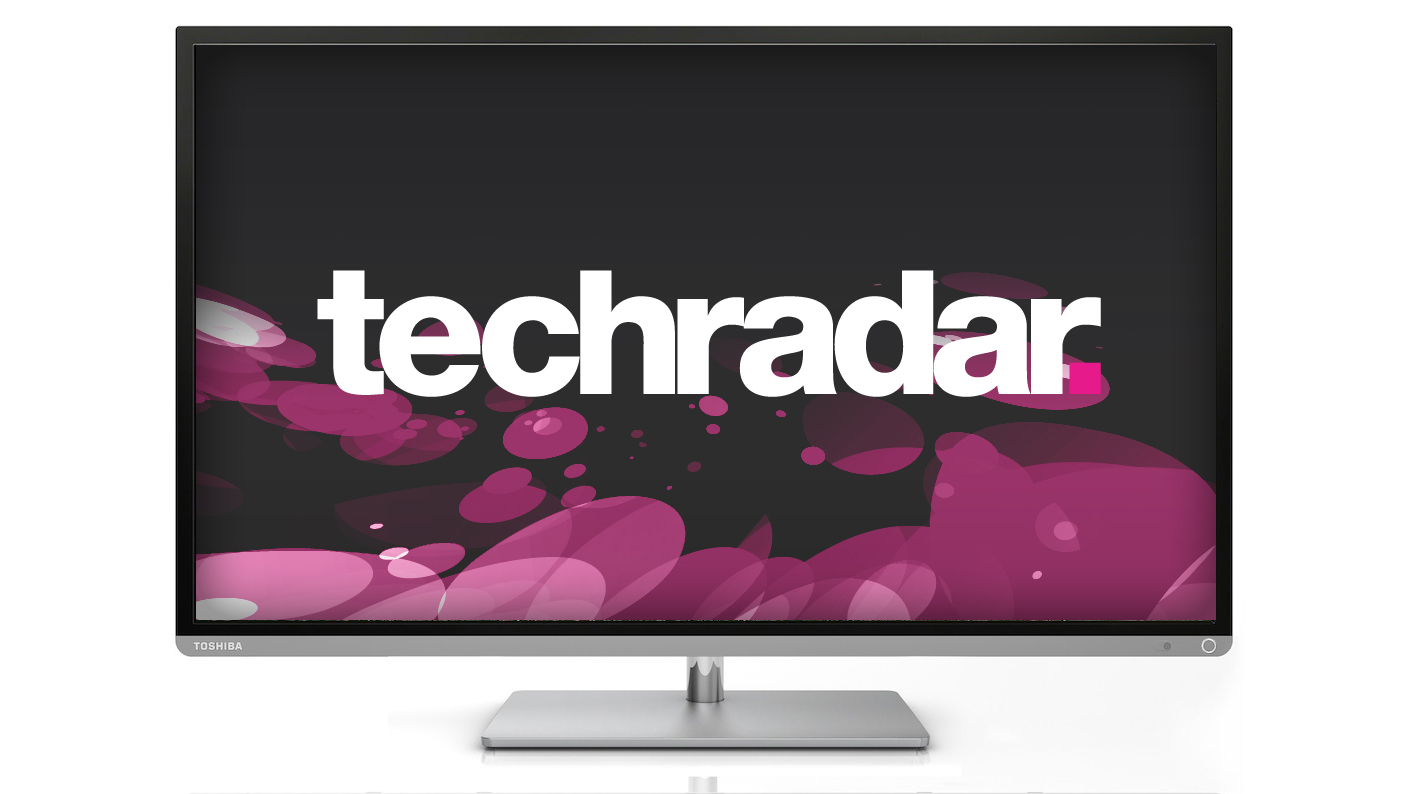Why you can trust TechRadar
Picture quality
From a pretty low base several years ago, almost all big-screen TVs are by now clever enough and powerful enough to upscale standard definition images to HD-like resolutions. One of the more successful slabs of circuitry has been Toshiba's Resolution+, but its outing on the Toshiba 40L6353 is one of the least successful we've seen.
During coverage of the World Championships from Moscow's Luzhniki Stadium on BBC One, we noticed quite a few picture artefacts that remained on this low bit rate broadcast. We're talking jagged edges, some digital blocking and not a little bit of picture noise around Usain Bolt and company, though the image did get cleaned up a tad.
Freeview HD pictures, on the other hand, are more consistently impressive. Colourful and detailed, we were really pleased with how The Secret Life of the Sun on the BBC 2 HD channel looked, though quick camera pans immediately showed up the Toshiba 40L6353's main structural issue of motion blur.
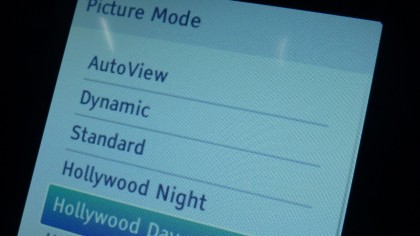
We have seen a lot, lot worse, but it's really hard to ignore the immediate softening of an HD broadcast when things get frenetic.
It's a problem that becomes even more of a threat to the Toshiba 40L6353's likability when we turn to our Blu-ray test disc Life of Pi, with the sullen tiger's sudden movements lacking ultimate clarity, though close-ups impress.
However, it's judder that's the real issue on panoramic shots, and sadly there's little to be done about it.
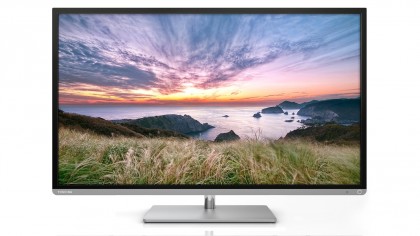
Bravo to Toshiba for its provision of the Hollywood Day, Hollywood Night and Hollywood Pro picture presets, the latter of which is well judged for movies, though it can't help with blacks, which consistently looked forced.
What problems the Toshiba 40L6353 does have are to do with the use of a less advanced LCD panel, and are par for the course on a TV this low priced. Nonetheless, we're sure that the richly coloured, natural-looking and contrast-heavy images will please a lot of viewers.
Yes, the Toshiba 40L6353 does lack convincing black levels - as demonstrated by the rather greyed-over, shadow detail-less night sequences of the cargo ship sinking amid a rather uniform look to any black areas - but they're good enough for most purposes.
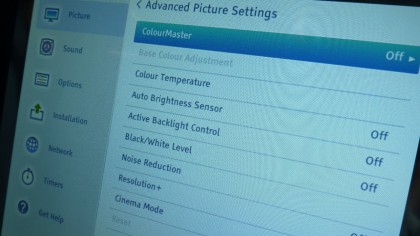
We did notice a little LED light leakage in the top and bottom corners on the right-hand side, but it's not in any way a serious issue. The worst we can say about this TV's picture quality is that it's a bit 2012, though considering its low price that's not unexpected.
Sound
There's not much in the way of bass coming from the Toshiba 40L6353's speakers, with music interpreted very basically.
However, there's enough middle range and the treble detail is excellent - and distortion-free at high volumes - which makes the Toshiba 40L6353 perfectly acceptable for daily digital TV duties in a living room.
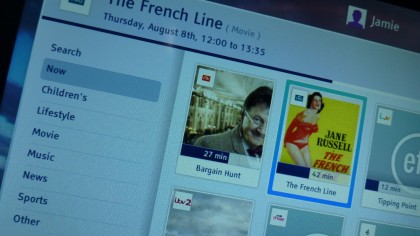
Value
On the surface the Toshiba 40L6353 seems a bargain, but the Cloud TV system it comes with is just so pitifully under-powered that many users will avoid it.
Cloud TV is also stained by loud adverts for some of its apps, and Twitter messages, both of which will be pretty off-putting to some - probably most - users.
Live TV cuts in and out during operation of the Toshiba 40L6353, even during Cloud TV navigation, to the extent that the TV appears slightly disjointed and unpredictable.
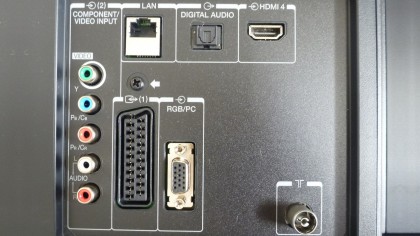
There is no single place where links to all of Cloud TV apps are stored, while the various smartphone/tablet apps - all three of them - are either not available for all platforms, merely add another layer of pointless admin, or just don't work.
All of this adds little value to the Toshiba 40L6353 proposition in our eyes, though at £599 (around US$935 / AU$1,020) this 40-inch TV remains a nicely priced option.
Jamie is a freelance tech, travel and space journalist based in the UK. He’s been writing regularly for Techradar since it was launched in 2008 and also writes regularly for Forbes, The Telegraph, the South China Morning Post, Sky & Telescope and the Sky At Night magazine as well as other Future titles T3, Digital Camera World, All About Space and Space.com. He also edits two of his own websites, TravGear.com and WhenIsTheNextEclipse.com that reflect his obsession with travel gear and solar eclipse travel. He is the author of A Stargazing Program For Beginners (Springer, 2015),
